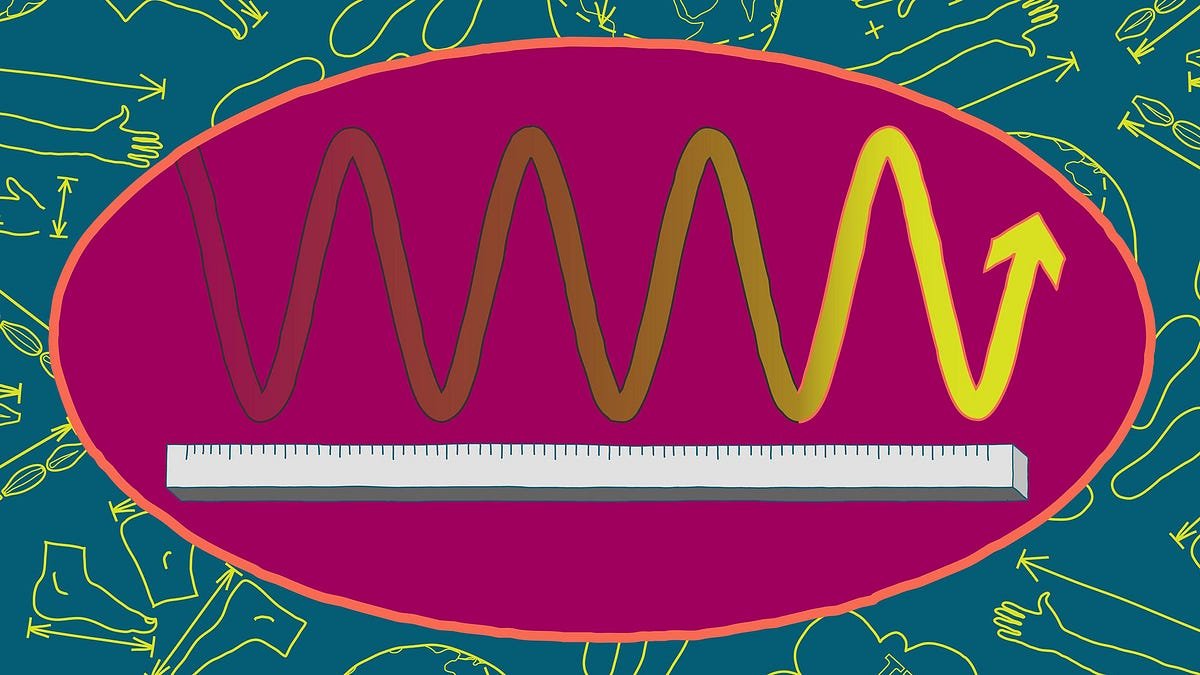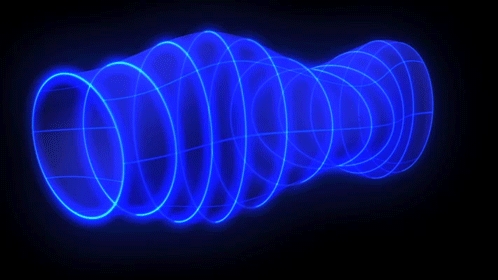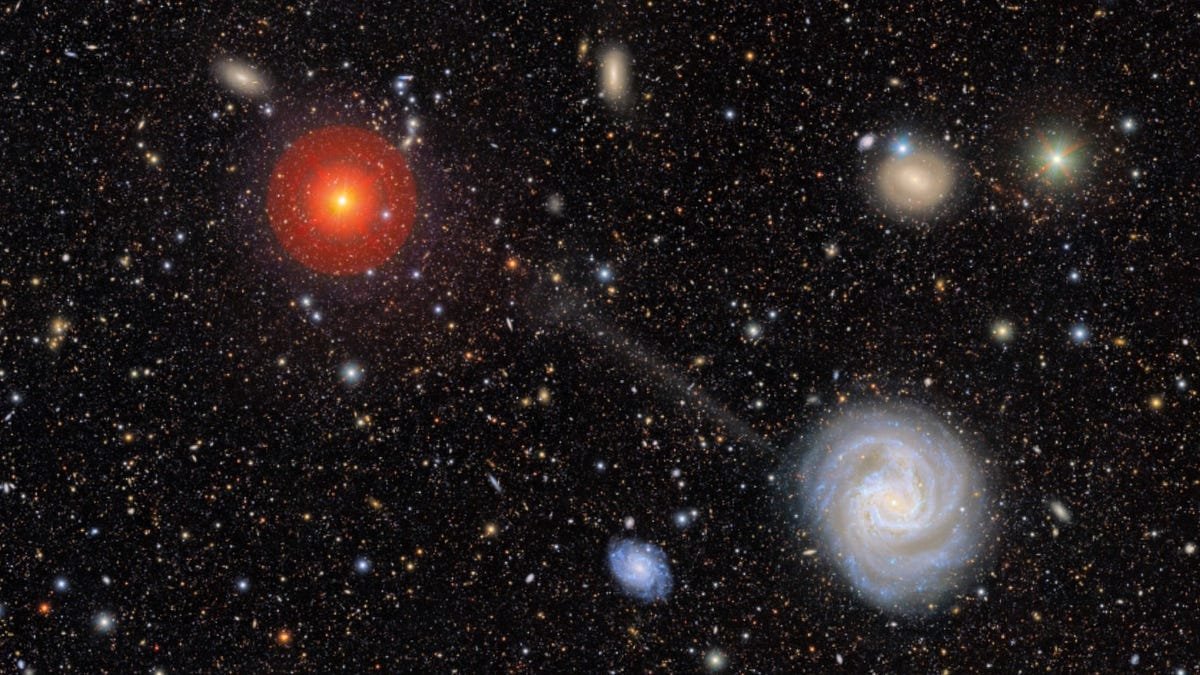
What was it like when the cosmic web formed? | by Ethan Siegel | Starts With A Bang! | Jan, 2024
On the largest cosmic scales, galaxies line up along filaments, with great clusters forming at their intersection. Here’s how it took shape.
One of the strangest facts about the Universe is how dramatically it has changed over time. Today, we see a Universe filled with:
- hundreds of billions of large galaxies,
- containing hundreds of billions of stars apiece,
- surrounded by trillions of even smaller galaxies,
- all clumped and clustered together into a massive, filament-like structure known as the cosmic web.
Closer back in time to the Big Bang, however, none of those entities were present. There were no stars, no galaxies, and no larger-scale structures at all. Instead, everything was extremely smooth and uniform, with very little clumping or clustering to speak of. At the earliest times of all, the densest regions were only thousandths of a percent denser than average, and the regions of lowest density were only a few thousandths of a percent less dense than the cosmic average.
Qualitatively, that allows us to put a relatively simple picture together that puts all of these facts in their proper context. The Universe was born with only very tiny imperfections, but gravitation causes those density imperfections to grow, all while the Universe expands. Depending on how, where, and how quickly gravity wins by overcoming this cosmic expansion, we wind up with these enormous galaxies and galaxy clusters separated by regions containing practically nothing: cosmic voids.
The cosmic structure that we see today didn’t form all at once, however, with the largest structures forming last. This is the cosmic reason why.
Imagine the Universe as it was in these early stages. It’s full of matter (both normal and dark) and radiation (in the form of neutrinos and photons) that is distributed almost perfectly evenly everywhere you look. In the aftermath of the Big Bang, a typically overdense region had 100.003%…




